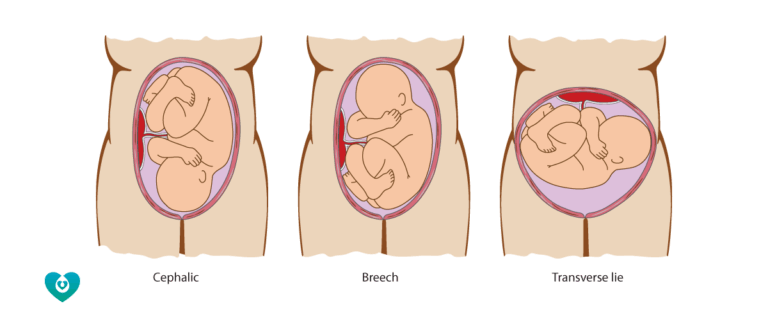What is Pelvic Floor Physiotherapy?
Pelvic floor physiotherapy is instrumental for women preparing for natural childbirth and efficient postpartum recovery. This therapy involves exercises designed to strengthen the pelvic muscles, which are crucial for both labor and recovery phases. The support from scientific research underscores the effectiveness of these exercises, detailing how they can enhance childbirth experiences and reduce recovery times.
Research-Backed Benefits During Labor
Research in the field of obstetrics has shown that consistent pelvic floor muscle training can substantially shorten the active phase of labor. A specific study highlighted in the Journal of Obstetrics and Gynaecology found that women who actively engaged in these exercises had more control during labor, which helped reduce the duration and decreased the likelihood of needing surgical interventions like episiotomies or the use of forceps. This level of control is pivotal for those who wish to have a natural childbirth experience, providing them the strength and endurance needed to manage labor effectively.
Accelerated Postpartum Recovery
Pelvic floor muscle training is not only beneficial during labor but also crucial for a swift and effective postpartum recovery. According to the International Urogynecology Journal, training these muscles before and during pregnancy can lead to faster recovery from birth-related muscle fatigue. It also plays a significant role in reducing the prevalence of post-delivery complications such as urinary incontinence and pelvic organ prolapse. These benefits highlight the importance of pelvic floor strength in not only pre-birth preparation but also in ensuring a quicker return to pre-pregnancy health and activity levels.
Recommended Pelvic Floor Physiotherapy Regimen
As women approach childbirth, the importance of preparing the body for both delivery and postpartum recovery cannot be overstated. This treatment plan is designed with the dual goals of supporting natural childbirth and facilitating a speedy recovery. It leverages the latest research and clinical practices in pelvic floor physiotherapy to offer a structured and phased approach. Each stage of the plan is tailored to the specific needs of pregnancy and postpartum phases, ensuring that the pelvic floor is not only prepared for the demands of childbirth but also supported through the recovery process. This comprehensive guide serves as a roadmap for expectant mothers looking to enhance their physical readiness for a transformative life event.
1. Initial Pelvic Assessment
- Timing: First Trimester (Weeks 8-12)
- Frequency: One session
- Expectations: A thorough evaluation using manual techniques or tools like ultrasound to assess the strength and coordination of the pelvic floor muscles.
- Self-Care: Start maintaining a daily journal of pelvic floor sensations and symptoms.
2. Pelvic Awareness and Strengthening
- Timing: First Trimester (Weeks 13-16)
- Frequency: Once weekly
- Expectations: Introduction to basic pelvic floor exercises under guidance, including breathing exercises and gentle contractions.
- Self-Care: Daily home exercises focusing on techniques learned during sessions.
3. Endurance and Strength Enhancement
- Timing: Second Trimester (Weeks 17-28)
- Frequency: Twice weekly
- Expectations: Introduction of more intensive exercises using biofeedback and resistance tools.
- Self-Care: Continue exercises at home with increases in repetitions and intensity.
4. Birth Preparation Techniques
- Timing: Third Trimester (Weeks 29-36)
- Frequency: Twice weekly
- Expectations: Practice of labor-specific exercises like squatting and controlled pushing.
- Self-Care: Home practice of labor preparation exercises and relaxation techniques.
5. Labor and Delivery Techniques
- Timing: Throughout Second and Third Trimester
- Frequency: Monthly
- Expectations: Workshops on effective pushing techniques, pelvic alignment, and relaxation strategies.
- Self-Care: Engagement in visualization and mental preparation, along with practice of labor techniques.
6. Postpartum Recovery and Rehabilitation
- Timing: Post-Delivery (Weeks 5-6)
- Frequency: Once weekly
- Expectations: Gentle reintroduction to pelvic floor exercises, monitoring for signs of prolapse or incontinence.
- Self-Care: Light activity and continuation of pelvic exercises, increasing as recovery progresses.
7. Ongoing Pelvic Health Support
- Timing: Post-Delivery (Weeks 7-12 and beyond)
- Frequency: Bi-weekly, transitioning to monthly
- Expectations: Adjust exercises based on healing and recovery, support for new symptoms.
- Self-Care: Long-term commitment to pelvic health through continued exercise practice and periodic check-ups.






